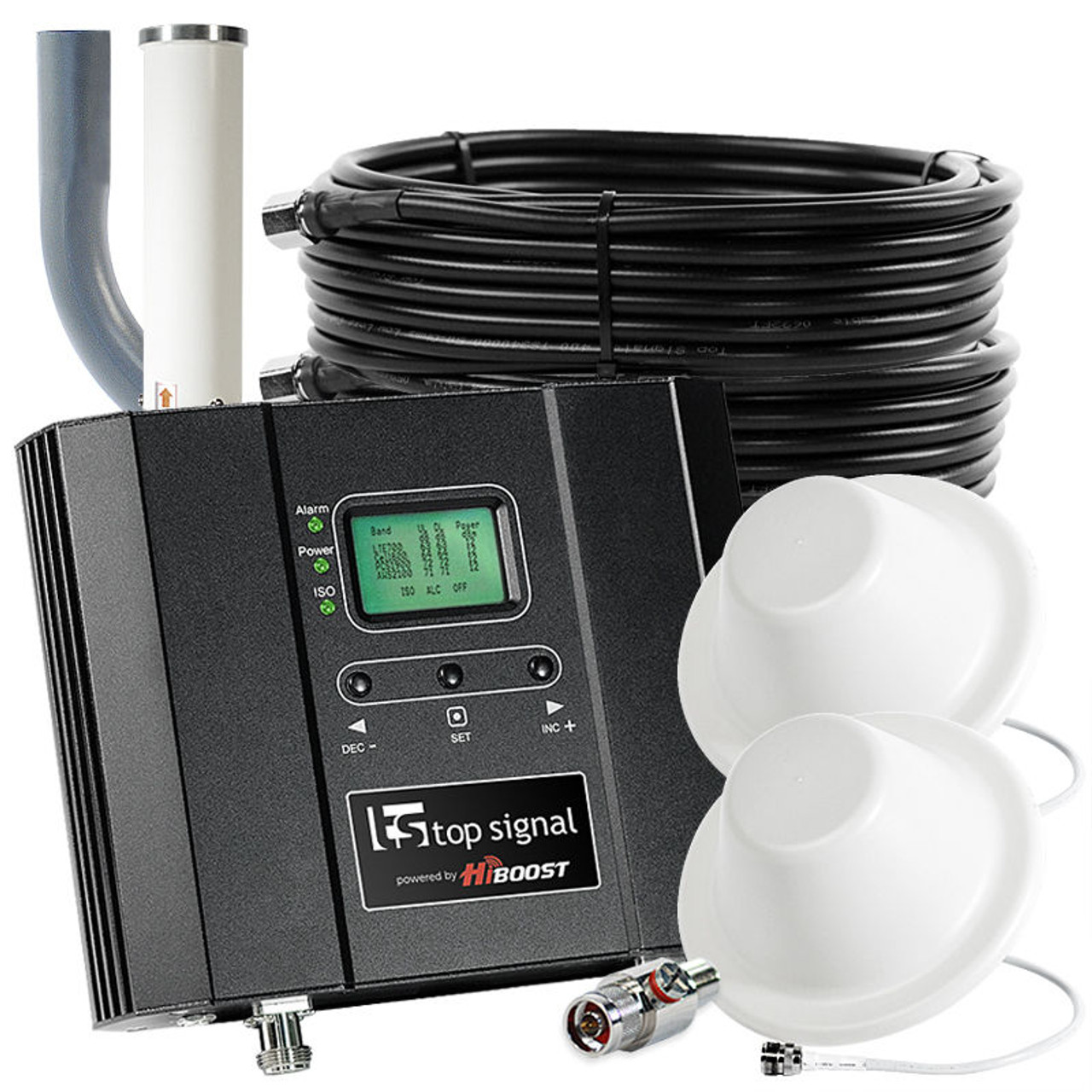

The outside antenna captures the weak cell signal, the amplifier boosts the signal, and the inside antenna rebroadcasts the improved signal within your home. Most signal boosters come with an outside antenna, a signal amplifier, and an inside antenna.
#T mobile antenna booster install#
Once you have chosen the best cell phone signal booster for home, it is important to install it properly to ensure optimal performance. It supports all major carriers and is compatible with 3G, 4G, and 5G networks. The weBoost Home MultiRoom is a popular choice for homes with multiple rooms and offers up to 65 dB of gain. It supports all major carriers and is compatible with 3G and 4G networks. The SureCall Flare is a more affordable option with up to 72 dB of gain, making it ideal for small to medium-sized homes. It supports multiple carriers and is compatible with 3G, 4G, and 5G networks. The Cel-Fi GO X is a powerful and versatile signal booster that offers up to 100 dB of gain, making it suitable for homes with weak outside signals. When comparing these models, consider factors such as coverage area, signal amplification, carrier compatibility, and ease of installation. Some popular models include the Cel-Fi GO X, SureCall Flare, and the weBoost Home MultiRoom. There are numerous cell phone signal booster models available on the market, each with different features and capabilities. Comparing Popular Cell Phone Signal Booster Models This ensures that your booster will provide the best possible performance and support future network upgrades. In addition to carrier compatibility, it is essential to choose a booster that supports your device's network technology, such as 4G LTE or 5G. Some boosters are also compatible with multiple carriers, making them a versatile choice for households with devices on different networks. Many boosters are designed to work with specific carriers, such as Verizon, AT&T, T-Mobile, and Sprint. When selecting a cell signal booster for home, it is essential to choose one that is compatible with your carrier and device. Choosing the Right Booster for Your Carrier and Device This information will help you choose the right booster to overcome these obstacles. Additionally, take note of the building materials used in your home, as some materials can block or weaken cell signals. However, if you need to improve the signal throughout your entire home, a more powerful booster with a larger coverage area may be necessary. If you only need to boost the signal in a single room, a smaller, more affordable booster may suffice. Next, consider the size of the area you need to cover. You can do this by using your cell phone to check the signal strength in different rooms or by using a signal meter. Start by determining the areas in your home where you experience weak or inconsistent cell signals.

This will help you choose the most suitable booster for your specific situation. Assessing Your Home's Signal Needsīefore selecting a cell phone signal booster for home, it is crucial to assess your home's signal needs. When choosing a cell phone signal booster for your home, it is essential to consider factors such as coverage area, signal strength, and compatibility with your carrier and device. Some boosters are also compatible with 4G LTE and 5G networks. Signal boosters are designed to work with specific carrier networks, such as Verizon, AT&T, T-Mobile, and Sprint.


There are different types of cell phone signal boosters available, such as those designed for single rooms, homes, cars, trucks, SUVs, vans, overland vehicles, RVs, boats, semi-trucks, fleet vehicles, and commercial buildings. These devices work by capturing weak outside signals, amplifying them, and then rebroadcasting the boosted signal inside your home. A cell phone signal booster for home is a device that improves the signal strength of your cell phone, making it easier to stay connected, reduce dropped calls, and improve data speeds.


 0 kommentar(er)
0 kommentar(er)
